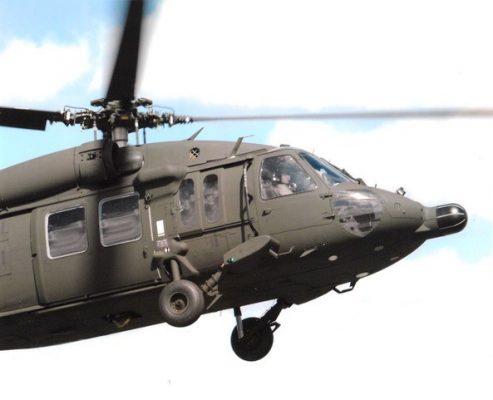Despite the Hollywood portrayal of combat aviation as a glamorous and glitzy environment, military aviators operate in highly perilous conditions, facing challenges that many civilian pilots wouldn’t dare encounter. Nevertheless, the inherent risks do not deter numerous young men and women who aspire to become military aviators, with some even seeking the job for the allure of potential danger.
For Cindy Boyd G’04, the journey toward becoming a military aviator was motivated by a desire to be at the forefront of engineering. She originally showed little to no interest in the military while growing up in Northeast Pennsylvania.
As a self-described scrapper and daughter of a U.S. Marine Corps veteran, Boyd initially did not view the military as a viable option until a cousin introduced her to the U.S. Military Academy at West Point. However, early on, people began suggesting she pursue an alternative path.
The prestigious military academy was still in the process of adjusting to the reality of being a co-educational institution. In 1980 the first group of women graduated from West Point and, like other military academies throughout the ’80s and ’90s, change to accommodate women was begrudgingly slow.
“I was accepted into the class of ’92, and the first year was a struggle because I had a lot of making up to do. The high school I came from didn’t have a strong STEM program, and I had to catch up to my peers,” says Boyd. “The beautiful thing about West Point is once they invest in you, they have the leaders and the instructional staff there to help you overcome those setbacks.”

